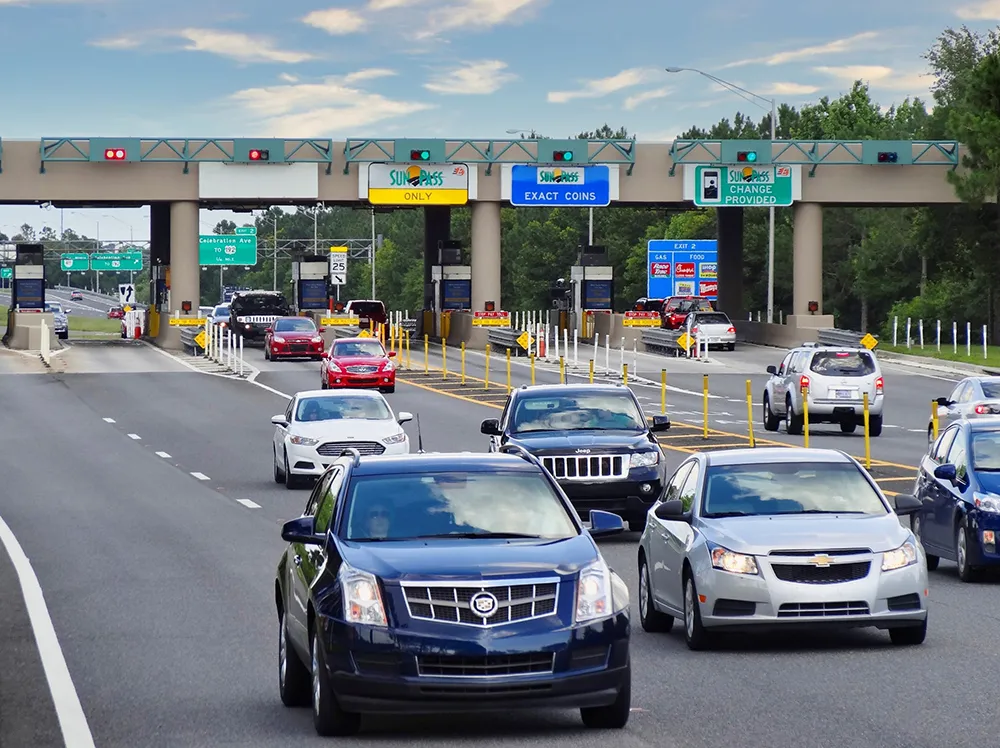Ford has demonstrated its latest advancements in vehicle-to-vehicle communications at the final CoCarX (Co-operative Cars Extended) research project presentation, further highlighting the viability of improving road safety and traffic management through the use of intelligent vehicles.
April 25, 2012
Read time: 2 mins
RSS278 Ford has demonstrated its latest advancements in vehicle-to-vehicle communications at the final CoCarX (Co-operative Cars Extended) research project presentation, further highlighting the viability of improving road safety and traffic management through the use of intelligent vehicles.
Ford is the first to showcase vehicle-to-vehicle communication using the new mobile communications network LTE (Long Term Evolution), which enables much faster data transmission than existing proposed systems.
The company's sophisticated vehicle-to-vehicle communication technology will play a key role in the CoCarX presentation in Düsseldorf, Germany, the culmination of a project that began in 2009 with the aim of developing the systems and infrastructure that would allow vehicles to update each other with hazard, driving condition and traffic information.
Leveraging localised radio frequencies and the latest mobile phone network technology, Ford's vehicle-to-vehicle communication system allows individual cars to broadcast messages to other vehicles - keeping them informed and allowing them to prepare for road conditions they are yet to encounter.
Two Ford S-Max vehicles demonstrated the company’s developmental vehicle-to-vehicle warning system, designed to prevent drivers being taken by surprise by rapidly developing situations and changing conditions. For example, hard braking of the lead S-Max triggers an emergency signal that is displayed inside the following S-Max within less than 100 milliseconds.
"Intelligent vehicles, able to send and receive messages in fractions of a second, could help warn drivers of dangers neither they nor their hazard monitoring safety systems could spot, be it because of the distance to the hazard or obstacles that block the view ahead, such as heavy traffic or bends in the road," says Christian Ress, connectivity technical expert, global driver assistance and active safety.
Ford believes the ability to utilise broadband communication channels such as LTE will allow large numbers of vehicles to stay in immediate contact with each other in the future, potentially reducing the frequency of accidents, aiding traffic flow and easing road congestion - in turn reducing CO2 emissions.
Ford is the first to showcase vehicle-to-vehicle communication using the new mobile communications network LTE (Long Term Evolution), which enables much faster data transmission than existing proposed systems.
The company's sophisticated vehicle-to-vehicle communication technology will play a key role in the CoCarX presentation in Düsseldorf, Germany, the culmination of a project that began in 2009 with the aim of developing the systems and infrastructure that would allow vehicles to update each other with hazard, driving condition and traffic information.
Leveraging localised radio frequencies and the latest mobile phone network technology, Ford's vehicle-to-vehicle communication system allows individual cars to broadcast messages to other vehicles - keeping them informed and allowing them to prepare for road conditions they are yet to encounter.
Two Ford S-Max vehicles demonstrated the company’s developmental vehicle-to-vehicle warning system, designed to prevent drivers being taken by surprise by rapidly developing situations and changing conditions. For example, hard braking of the lead S-Max triggers an emergency signal that is displayed inside the following S-Max within less than 100 milliseconds.
"Intelligent vehicles, able to send and receive messages in fractions of a second, could help warn drivers of dangers neither they nor their hazard monitoring safety systems could spot, be it because of the distance to the hazard or obstacles that block the view ahead, such as heavy traffic or bends in the road," says Christian Ress, connectivity technical expert, global driver assistance and active safety.
Ford believes the ability to utilise broadband communication channels such as LTE will allow large numbers of vehicles to stay in immediate contact with each other in the future, potentially reducing the frequency of accidents, aiding traffic flow and easing road congestion - in turn reducing CO2 emissions.








